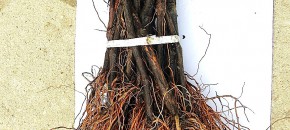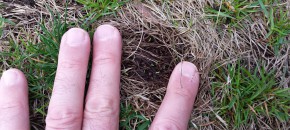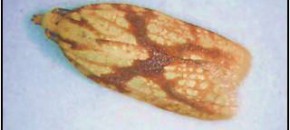Growers who schedule a USDA GAP or Harmonized audit this year should be prepared for an unannounced verification visit later in the growing season. These unannounced visits have been talked about during our educational sessions, but have mostly not happened due to a lack of auditors in the state. The NJ Department of Agriculture Commodity Inspection and […]
Continue reading...Of Thrips and Aphids
Ocassionally, flower thrips can be an early season pest of peach and nectarine, especially when conditions during bloom are hot and dry. That seems to be the case this season as 6 out of 7 nectarine blocks scouted in Gloucester County had low populations of thrips present. At least one block had low levels of […]
Continue reading...Performing a Detailed Inspection of Wine Grape Planting Material

Spring is a good time to plant new grapevines as the soil is warm and moist enough to support early growth and vines get plenty of time to get established during the growing season that follows. When your order of vines arrives, make sure that your planting material is of good quality before it is […]
Continue reading...Kyllinga Awakens as Soil Temps Increase

Daily high soil temperatures at the 2-inch depth are consistently getting into the 60s°F. Yesterday, temperatures in sunny locations reached into the upper 60s. This means that the warm-season species are, or will be soon waking from winter slumber.
Continue reading...Cranberry IPM: Sparganothis Fruitworm Degree-Day Benchmarks Provide Key Treatment Timings

Degree-day benchmarks indicate discrete biological events in the development of insect pests. For the Sparganothis fruitworm, recent studies conducted by Dr. Shawn Steffan (USDA-ARS/University of Wisconsin-Madison), Annie Deutsch (University of Wisconsin-Madison), and Cesar Rodriguez-Saona (Rutgers University) have isolated the key development events and linked them to degree-day (DD) accumulations. These degree-day accumulations can improve treatment […]
Continue reading...Angular Leaf Spot in Strawberries
Often considered a minor pathogen, angular leaf spot caused by the bacterium, Xanthomonas fragariae, can cause serious leaf and calyx infections ruining the marketability of fruit if left uncontrolled. Like all bacterium, the pathogen will infect leaves and the calyx through natural openings or wounds. Infections can often start in production operations and come in […]
Continue reading...